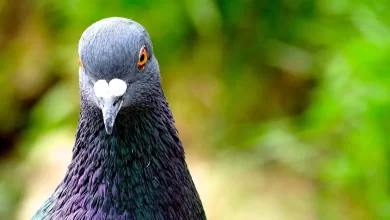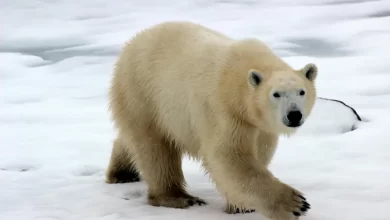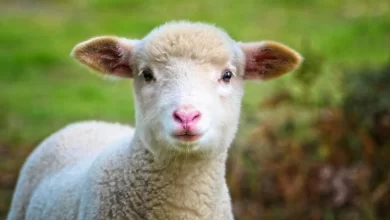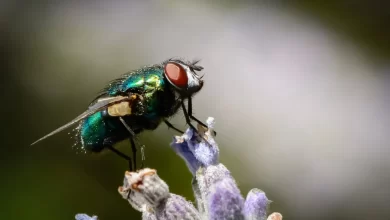Horses have been extremely useful animals for thousands of years. They were used to pull wheeled vehicles, chariots, carts, and wagons. Just like dogs, horses are very faithful animals. They are swift and strong animals that can run long distances. They love to eat green grass and grains. There aren’t many animals that can compete with a horse in terms of beauty, grace, and utility a horse have.
- Horses and cows tend to sleep while standing.
- The horse’s ancestors were eohippus which had a short neck and was taller than an average size dog. Eohippus first appeared about 52 million years ago.
- There are approximately 58 million(58,372,106) horses in the world.
- The United States holds the spot for most horses globally, with a number of approximately 9.5 million horses.
- Humans started using horses around 5000 years back from now.
- Until the twelfth century, horses were not commonly used for farm work, as since roman time, the chest harness in use was inefficient. When the invention of the shoulder harness took place, it allowed them to pull much greater weights.
- In the starting years of the 20th century, horses were responsible for so much pollution because of their poop that pushed people to see cars as the green and better alternative.
- Ponies are much bigger than miniature horses.
- Horses and cats are highly susceptible to black widow spider venom. Whereas dogs are resistant to this venom.
- The horses we see as wild today, such as mustangs, are in actual feral horses imported to the united states from Spain back in the sixteenth century. In real the Asian wild horses are the true wild horses.

- Till the eighteenth century, no horses were there in Australia until settlers brought them. Even no horse fossils are ever found in Australia.
- The horses were domesticated around 4000 B.C; till the time, many Indo- European cultures believed horses as a supreme sacrifice to their gods and often use to entomb horses.
- Horses have a lifespan of about 25-30 years, both in captivity as well as in the wild.
- The oldest horse to ever lived on earth was named Old Billy, aged 62 years. He lived in Woolston, Lancashire, England, from 1760 to 1822.
- The life of a horse is counted with a unique method. The first year of a horse’s life is approximately comparable to twelve human years. The second-year is comparable to seven human years. The next three years are comparable to four human years apiece, and the subsequent years are comparable to two and a half years. So, according to this method, Old Billy was 173.5 horse years old.
- The horses evolved from the Equidae family about 50 million years ago.
- Horses have five senses which are highly developed: taste, touch, sound, smell, and sight. They also have an unexplained sixth sense, enhanced vision, which is found very rare in humans.
- A horse’s eyes are wider than most of the other animals ‘their eyes can move independently, offering a shallow panoramic view to the horse. A horse can focus on an image by moving its head to the central part of the eye, directing light rays. Horses can differentiate in colors, too.
- Like many other species, horses’ eyes are located on the side of their head, so because of that, they have a wide range of vision; they can see nearly 360 degrees and have blind spots only immediately in front and immediately behind their bodies.
- It is best to look him in the eyes a lot when you are dealing with a horse. This is because horses are highly observant animals, and they study their surroundings a lot. They’re studying you even if you’re in their surroundings. If they see you in the eye looking at them, it gives them a message that who is in charge.
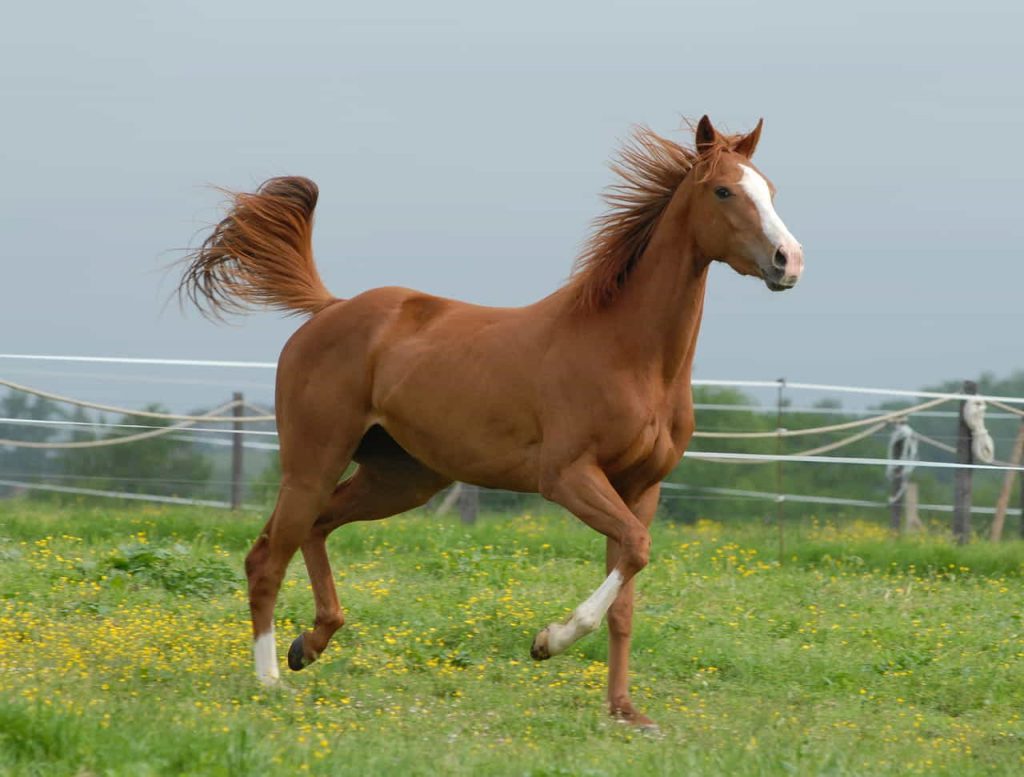
- Before they were being domesticated in the Middle and Far East around 4000 B.C., horses were hunted for their skin and meat, usually by being clubbed or driven over a cliff.
- A horse has a great sense of smell that even allows them to detect if their handler is nervous or not. Horses also get nervous when around the scent of blood.
- In old times horse riders use to smear(coat) themselves with an aromatic fluid when dealing with a problematic horse which use to help them to handle the horse.
- A group of horses is called as a team, a harras, a rag, a stud, or a string.
- Horses are kept in a place called STABLE.
- Some horses are so clever that they are able to figure out how to open doors in the stable of the other horses and open them so they can let out of the stable.
- Horses can easily differentiate between emotions and variations in the human voice.
- Horses experience two kinds of sleep: REM (rapid eye movement) and SWS( short wave sleep). While sleeping, they can dream too; they sleep for about four hours every 24 hours.
- They usually sleep standing up when they need SWS (short wave sleep), and they sleep lying down whenever they want REM sleep.
- Horses are fond of music but are selective in choice. They prefer Cheerful instrumental music, which calms them, Whereas they get irritated with loud music such as hard rock.

- A horse hoof is exceptionally complex and sensitive. When a horse puts pressure on its hoof, the blood is squeezed up the leg into the veins, thus acting as a type of pump.
- The highest speed of a horse in a horse race ever recorded was about 43.97 mph (70.76 km/h). Whereas when there is no rider, they can run at a maximum speed of 80 Kmph.
- The average walking speed of a horse is about 4 mph(6.44 kph).
- A horse heart is located at the same place as we humans have: between the lungs and ribs and above the diaphragm.
- The heart of a horse stops growing by the age of 4 years. On average, a horse heart weighs seven to nine pounds (3.2 kg- 4 kg).
- Their heart pumps at the rate of 40bpm to 60 bpm while resting and can reach 220-240 bpm under load or running conditions.
- The horse named Thumbelina is the world’s smallest horse which is just 17 inches (43 cm) tall and weighs 57 lb (26 kg). He is a miniature horse and was born on May 1, 2002.
- Horses cannot vomit as it is physically impossible for them to do.
- In the modern British army, there are more horses than tanks. The military holds 501 horses and 334 tanks.
- If a jokey pushes horse to go beyond its limit, it will run themselves to death. Horses race themselves so hard that their heart would explode due to overload.

- Horses have better hearing capabilities than humans as they can hear low to very high frequencies, which is in the range of 14 Hz to 25 kHz, whereas a human can hear a range of 20 Hz to 20 kHz.
- Back in history, horses were a status symbol in the Persian Empire, and only aristocrats and delegates could own them.
- Poseidon, the god of the sea and creator, were sometimes offered white horses by drowning them.
- They have a strong band of muscles around their esophagus. This band is so strong that a horse’s stomach would typically burst before it would vomit.
- Horses have eight types of blood groups – A, C, D, K, P, Q, U, and T (the first seven are internationally recognized) —with more than 30 different factors for which they can be positive or negative.
- The Pony Express (1860-1861) didn’t just use ponies; it also used many horses. The differences between ponies and horses are often blurred, but generally, ponies are smaller than horses and can be smarter and more stubborn.
- Animals, including pigs, horses, and even insects, could be tried and convicted of crimes for several centuries across many parts of Europe.
- There are nearly 160 distinctive breeds and types of horses worldwide, but the Arabian horse is unique in that it is the purest of all of the breeds.
References
- Britannica-Horses
- Wikipedia-Horses
- Equineheritageinstitute.org
- Horsetalk.co.nz
- Wikipedia-Mustang
- Wikipedia-Feral Horse
- BBC(Why does the British Army have more horses than tanks)
- Cafre.ac.uk(Heart rate of horses)
- Horsehealthproducts.com


